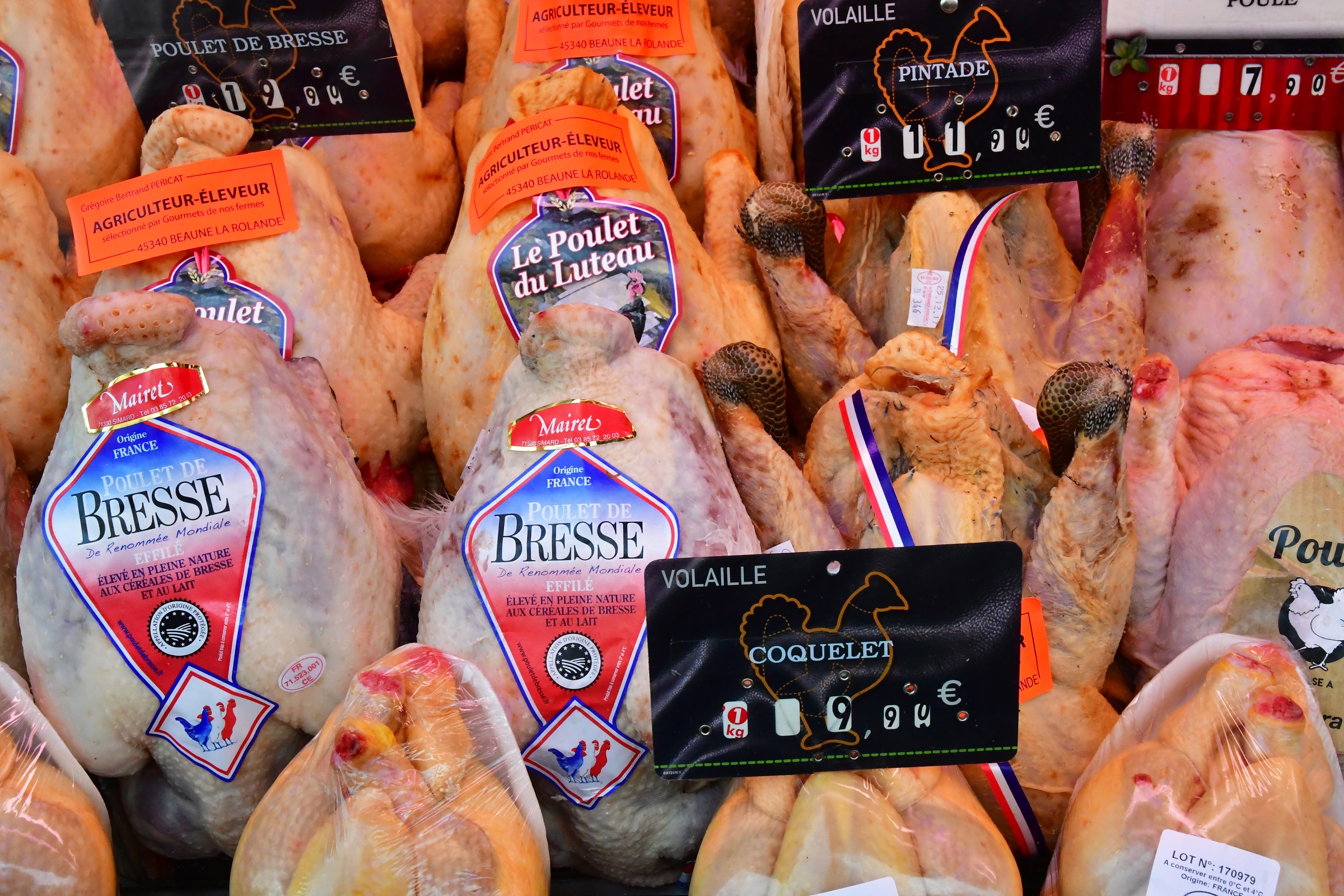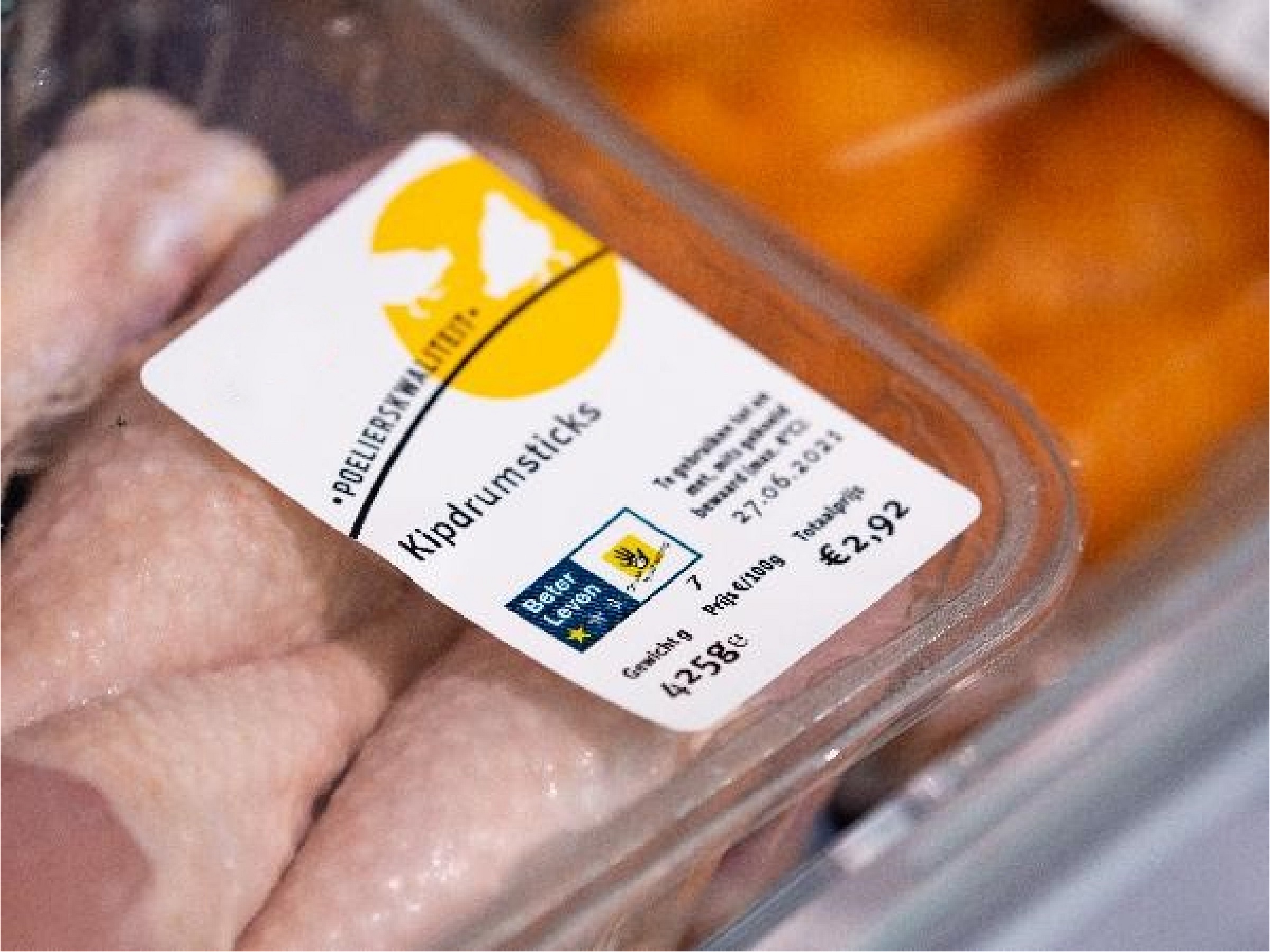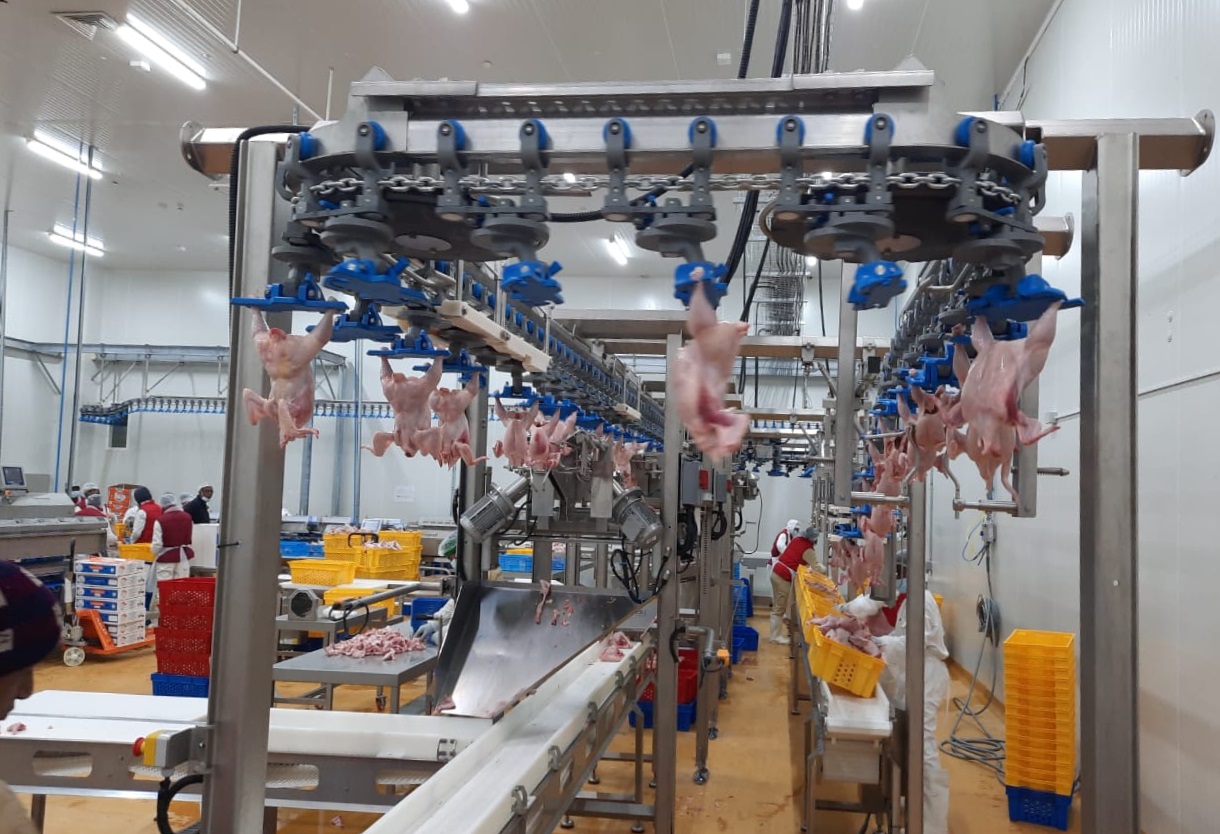Our grandparents’ chicken
The best-known concept chicken in Europe are the iconic Label Rouge, Loue and Poulet de Bresse products, reared and sold in France. Both Italy and Spain have their own local specialties, among which are Christmas capons in Italy. These birds are more like the chicken our grandparents remember, longer in the leg with narrower, more pointed breasts. Since the industrial broiler market took off many decades ago, most breeders have concentrated on producing birds, who put on the maximum amount of breast meat in the shortest possible time. The premium consumers are prepared to pay for their concept chicken, varies from market to market. In France, Italy and Spain, consumers really appreciate their traditional local delicacies and are prepared to pay a much higher price for them. In Northern Europe, consumers, new to such products, are happy to pay a bit more but certainly not as much as their French opposite numbers.
Different shape with value
The process itself is the same as for standard broilers. There are, however, two caveats. Firstly, modern equipment has been designed to process regular broilers, which have a completely different shape. Secondly, concept chicken are more valuable, implying a big role for efficiency. Eviscerating concept chicken is where the primary process differs most radically. Modern eviscerating equipment has been designed to handle today’s flatter, wider mass-market broilers, where the accent is on providing as much popular breast meat as possible. Concept chicken with their thinner hocks, longer legs, larger wings and narrower breasts are more like layers. This demands a different approach, which respects the very different ratio between a concept chicken’s constituent parts.




